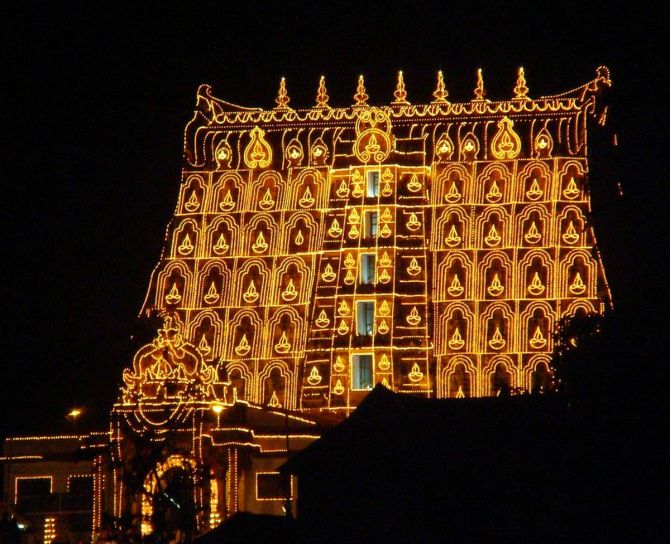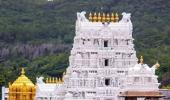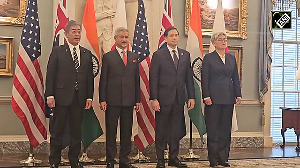The Administrative Committee of Sree Padmanabhaswamy Temple in Kerala told the Supreme Court on Friday that the temple is passing through very difficult times and the offerings are not sufficient to meet the expenses, while seeking an audit of the Trust.

All Kerala temples are closed, Senior advocate R Basant, appearing for the Committee, told a bench headed by Justice U U Lalit.
'Rs 1.25 crore is the monthly expense we are able to hardly get 60-70 lakh rupees therefore we have sought certain directions,' he added.
There is a trust constituted as per court's order and it must contribute to the temple, Basant told the bench, also comprising Justices S Ravindra Bhat and Bela M Trivedi.
Senior advocate Arvind Datar, appearing for the Trust, argued that it is a public trust made by the Royal family, has no role in administration, and is not there in the petition.
The trust was just mentioned by the Amicus Curiae in the case, he said.
'The Trust was constituted only to oversee the pujas and rituals of the Temple involving the family, with no role in the administration. It came into picture only before the Supreme Court after the amicus curiae demanded that the accounts of the trust also should be audited,' he said, adding that it need not be audited as it is separate from the temple.
The top court, after hearing the submissions, reserved its order on the application filed by the Sree Padmanabha Swamy Temple Trust to exempt it from the audit of 25 years ordered by the court last year.
The top court had earlier set aside the 2011 verdict of the Kerala high court which had directed the state government to set up a trust to take control of management and assets of the historic temple.
The apex court upheld the rights of the Travancore royal family in the administration of the temple, considered one of the richest temples in the country.
It had directed the Administrative Committee to order an audit of the temple's income and expenses for the past 25 years, as suggested by amicus curiae senior advocate Gopal Subramanium.
The sprawling temple, an architectural splendour in granite, was rebuilt in its present form in the 18th century by the Travancore Royal House, which had ruled southern Kerala and some adjoining parts of Tamil Nadu before integration of the princely state with the Indian Union in 1947.











 © 2025
© 2025